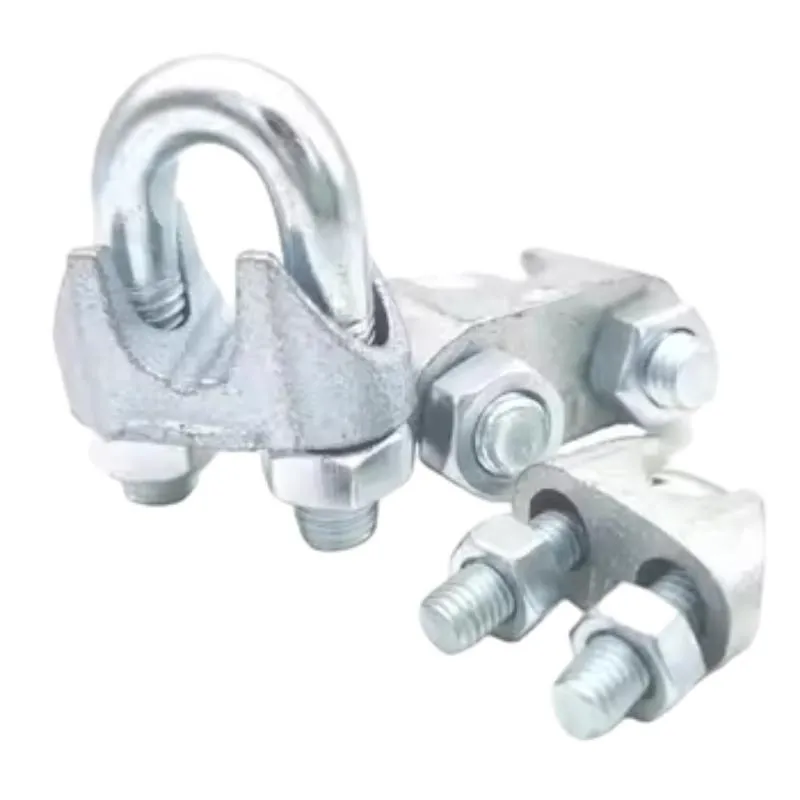Nov . 10, 2024 16:44 Back to list
Ideal Drill Size for M10 Expansion Bolts Explained in Simple Terms
Understanding M10 Expansion Bolt Drill Size
When it comes to construction and DIY projects, knowing the right tools and materials to use is crucial for achieving a durable, safe, and successful outcome. One often-encountered component in such projects is the M10 expansion bolt. Understanding the correct drill size for these bolts is essential for ensuring a proper fit, stability, and structural integrity.
What is an M10 Expansion Bolt?
An M10 expansion bolt is a type of fastener that is designed to anchor into concrete, brick, or other solid materials. The M10 designation indicates that the bolt has a nominal diameter of 10 millimeters. These bolts work by expanding against the sides of the hole when the nut is tightened, creating a secure hold that can support significant weight and resist shearing forces.
Expansion bolts come in various styles, including those with a conical end or a threaded shaft, and are often used in applications where a strong anchoring point is necessary, such as in shelving, railings, or heavy machinery.
The Importance of Drill Size
Using the correct drill size when installing an M10 expansion bolt is critical. If the hole is too small, the bolt will not fit, making installation impossible. Conversely, if the hole is too large, the bolt will not have the necessary grip and the connection may be compromised, leading to potential failure of the entire assembly.
For M10 expansion bolts, the standard drill bit size required is typically 12 millimeters. This size allows the expansion mechanism to fully deploy, ensuring the bolt expands correctly and provides the maximum load-bearing capacity. It's also essential to consider the type of material being drilled into as different materials may require adjustments in technique or even drill bit type.
Steps for Installing M10 Expansion Bolts
m10 expansion bolt drill size

1. Select the Right Drill Bit Use a 12mm drill bit tailored for the material you are working with. For concrete, a masonry drill bit is ideal, while for brick, a carbide-tipped bit may perform better.
2. Mark the Drill Location Accurately mark where you will drill to ensure proper alignment of the bolt and any attached fixtures.
3. Drill the Hole Carefully drill into the marked spot to the required depth, which should be at least the length of the expansion bolt being used. Keep the drill steady and maintain a perpendicular angle to the surface to avoid angled holes.
4. Clean the Hole After drilling, it is crucial to clean out any dust or debris from the hole. A clean hole provides better grip for the bolt.
5. Insert the Bolt Place the M10 expansion bolt into the hole. Ensure that it is aligned correctly and that the head of the bolt is flush with the surface.
6. Tighten the Nut Using a suitable wrench, tighten the nut on the bolt. As you do so, the bolt will expand, securing its anchor in place.
7. Test the Installation Once installed, it’s a good practice to test the stability of the anchor point to ensure that it can hold the expected load.
Conclusion
In summary, selecting the correct drill size for M10 expansion bolts is vital for effective installation and safety. By using a 12mm drill bit and adhering to proper installation techniques, you can ensure a secure fit that will withstand various loads and stresses. Understanding these fundamentals can enhance your construction or DIY project, providing you with confidence in the stability and reliability of your work. Whether you are a seasoned professional or a novice DIYer, mastering the use of expansion bolts will significantly contribute to the success of your projects.


